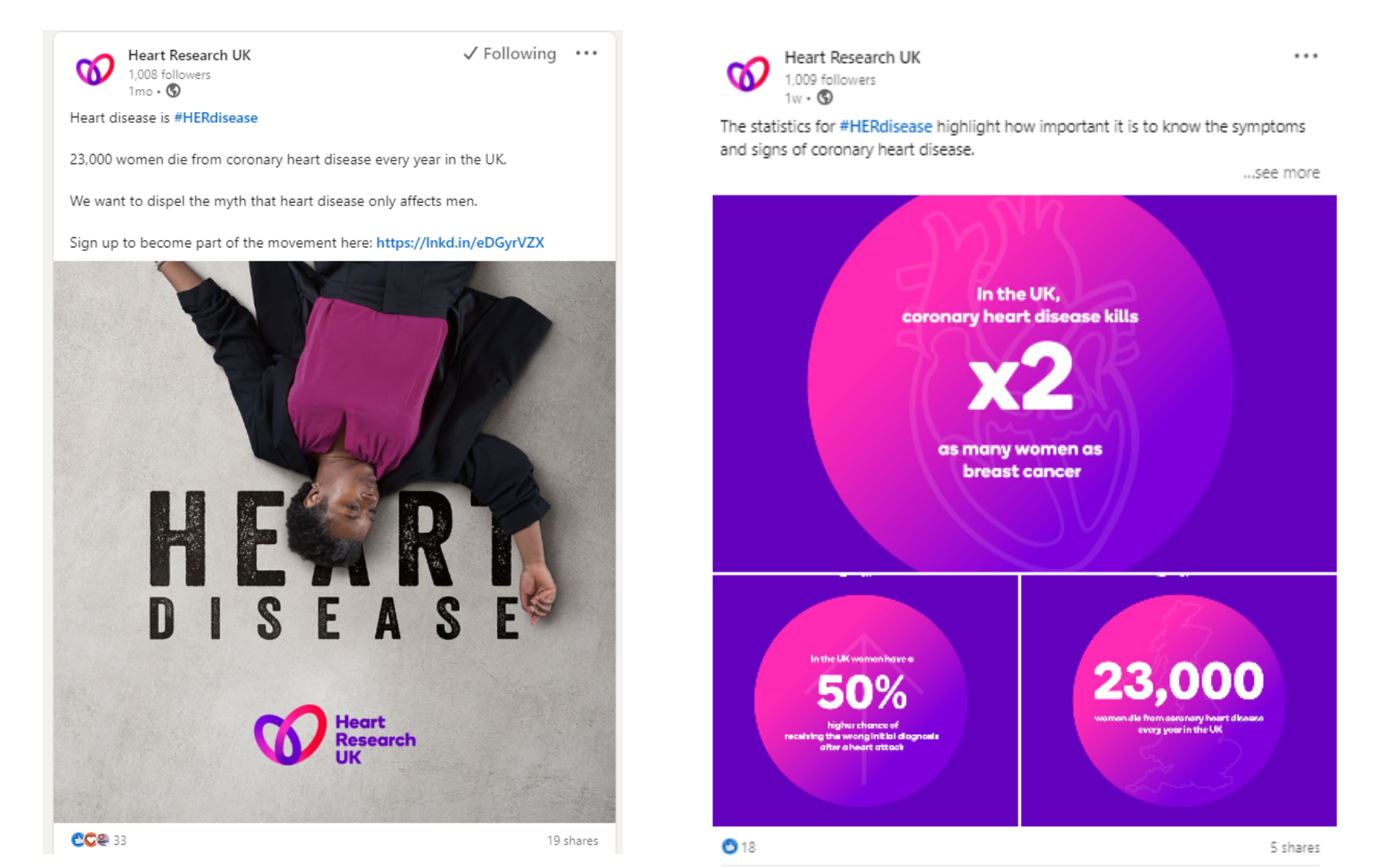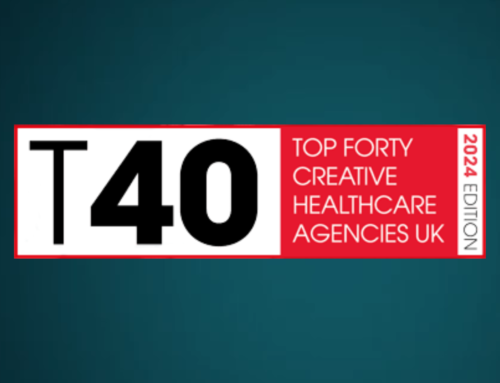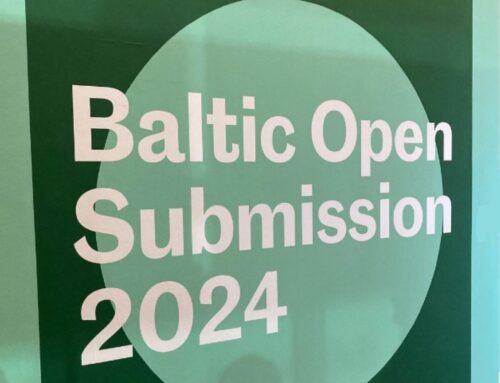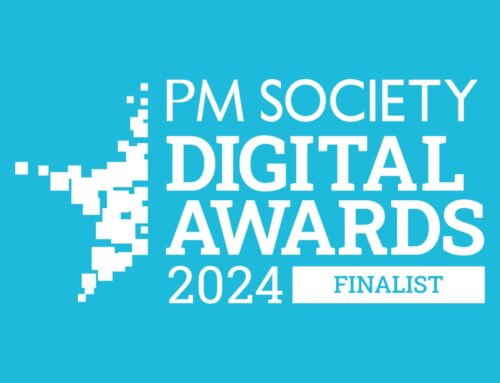
Social media campaigns are an essential part of how a multitude of brands attract, engage and guide their audiences through the customer journey. But in our experience, many healthcare and pharma companies are still reluctant to utilise social channels as part of their engagement strategies.
In this blog, we discuss some of the reasons behind this hesitance, and our advice on how to take the leap with your first social campaigns.
Why social media?
It’s unsurprising that social media has taken off in the way that it has. To start with, the average person spends almost 2.5 hours per day browsing social platforms1 providing advertisers with an incredibly vast and diverse audience.
But savvy marketers don’t pay attention to ‘the average person’. One of the reasons that social media makes the ideal advertising platform is that it is incredibly targetable. This allows marketers to hone in on an audience not only based on demographic but right down to their stage in the consumer journey.
If you think about it, those 2.5 hours each day are spent pouring information into our devices. From the people we follow, to the search terms we enter, and even the posts we linger on for that little bit longer, our social media accounts (privacy settings permitting) will know it all.
This vast amount of data allows each platform to build a thorough, ever-evolving picture of us – allowing adverts to be presented to the right audience at just the right time. So accurately in fact, that it can often feel like they are spying on us!2
With the success of social media as an advertising platform, and the way that our industry has embraced digital healthcare in the years since the pandemic, why aren’t we seeing a similar boom in uptake?
The fear of ABPI compliance
From our standpoint, there appear to be two main barriers to the use of social media marketing in healthcare: concerns around complexity and fears of non-compliance.

Targeting the right audience
In the UK, all marketers and pharma companies are responsible for upholding the principles of our industry, by ensuring that all of our materials comply with the ABPI code. And one of the key rules within the ABPI code is that: you can’t advertise prescription-only medications to the general public.3
While this might sound a straightforward enough rule to follow, it’s more complicated than you might think. If at any point, a member of the general public can see both the name of a prescription drug and a claim about its use, this counts as promotion.3
This is where social media use can start to get tricky. While yes, these platforms allow you to target content to very specific and targeted demographics, excluding certain groups and ensuring only the intended audience see your content can be more complex.
For example, have a stranger’s holiday photos ever appeared on your social feed after being liked by a mutual friend? The same can easily happen with adverts for prescription medications. This in fact is quite a frequent basis for code breaches. The main example of this is when a brand’s employees have been prone to ‘liking’ promotional posts on LinkedIn, without realising that this will be shared to their whole network.4
Interacting with patients
Another great benefit of social media is the ability of brands to interact directly with their consumers, building a brand personality and strengthening relationships.5
However, when the brand is one of a pharmaceutical company, many questions may come directly from patients. This can open the doors to queries about medications, requests for health advice, or even adverse event reporting. This can occur despite none of the content being promotional.
This is when engaging with your social audience becomes difficult, as along with the initial post, all responses must be approved and code compliant. Similarly, pharma companies are also required to report any adverse events received through social media, regardless if they are unsolicited.6 Meaning someone will need to be responsible for manning these social channels and responding to followers appropriately.
When the risks of getting it wrong include a steep fine and very public code breach, it is understandable why many companies are reluctant to trial this form of marketing.
Getting to grips with social media for healthcare
While it may sound complex, we have three main pieces of advice for getting started with social media:
1. Start off simple
While the risks of failing to be compliant are intimidating, the potential for payoff is substantial. And perhaps more importantly, as more and more competitors are joining the digital space7– by avoiding social media all together, you run the risk of falling behind.
If you are interested in taking your first steps in the world of healthcare social media, why not start off with non-promotional campaigns? This can allow you to get to grips with the processes of social media, before delving into the complexities of prescription medications.
For example, disease awareness campaigns such as ‘Her Disease’ by Heart Research UK is a great example of how you can draw attention to an unmet need in your therapy area, driving traffic to your website in a non-promotional way.
Similarly, creating dedicated forums for patients, such as closed groups, can be another positive use for social media. Here patients can meet others living with similar conditions and discuss symptoms, experiences and life updates. These groups don’t involve the promotion of any particular treatment, but can be a good way to establish your company’s profile within the relevant therapy area.

Heart Research UK, ‘Her Disease’ campaign
2. Tackle the targeting issue carefully
The first step in preventing a breach of the ABPI code when targeting HCPs is to build campaign target audiences, using social ad platforms that are highly focused and specific.
This sounds like a very obvious statement, but it is not achieved by just simply including a number of audience attributes that a social user could possess (such as job title, age, qualification). Instead, it should be a combination of multiple (5-6 minimum) very specific nuances and attributes in order to assume they are part of the focused HCP audience intended for targeting. This could include job title, memberships, interests, experience level, specialisms, or specific keywords in their social profile.
The next step is to consider the ad format, how it is interacted with and the potential or ability for it to be shared outside of this closed group, ensuring that this is not possible.
Because of the nature of the content being produced, social media channels might not be the best possible platform to host the full piece of content. However, social media platforms can still be used by brands as a tool to capture a HCP’s attention and drive them to a brand’s owned channels such as websites, apps, eLearning platforms or self-led detailing aids.
In these cases, healthcare and pharma brands can still produce content and social assets targeted to the HCP audience and deploy the targeting methods above on the social channel but the ‘promotional’ product specific content is hosted by their own channels and accessed via a landing page where the user must confirm they are a HCP or even gated, requiring a specific membership to access.
3. Work with an agency
Working with an agency while you first embark on your social media journey is another way to simplify the process. Firstly, an agency with expertise in the use of the relevant social channels in healthcare can help you to create a watertight targeting method, preventing any code breach mishaps, as well as code-compliant content on the channels most appropriate to your objectives.
Secondly, an agency may be able to take on the management of the social channel on your behalf, within specified parameters throughout the campaign. When discussing the initial campaign strategy, comment moderation, pre-approved responses and escalation processes can be agreed alongside a client’s legal and regulatory teams in advance.
To find out more about how IGNIFI can work with you on your social media campaigns, strategy or other digital engagement projects please get in touch.








